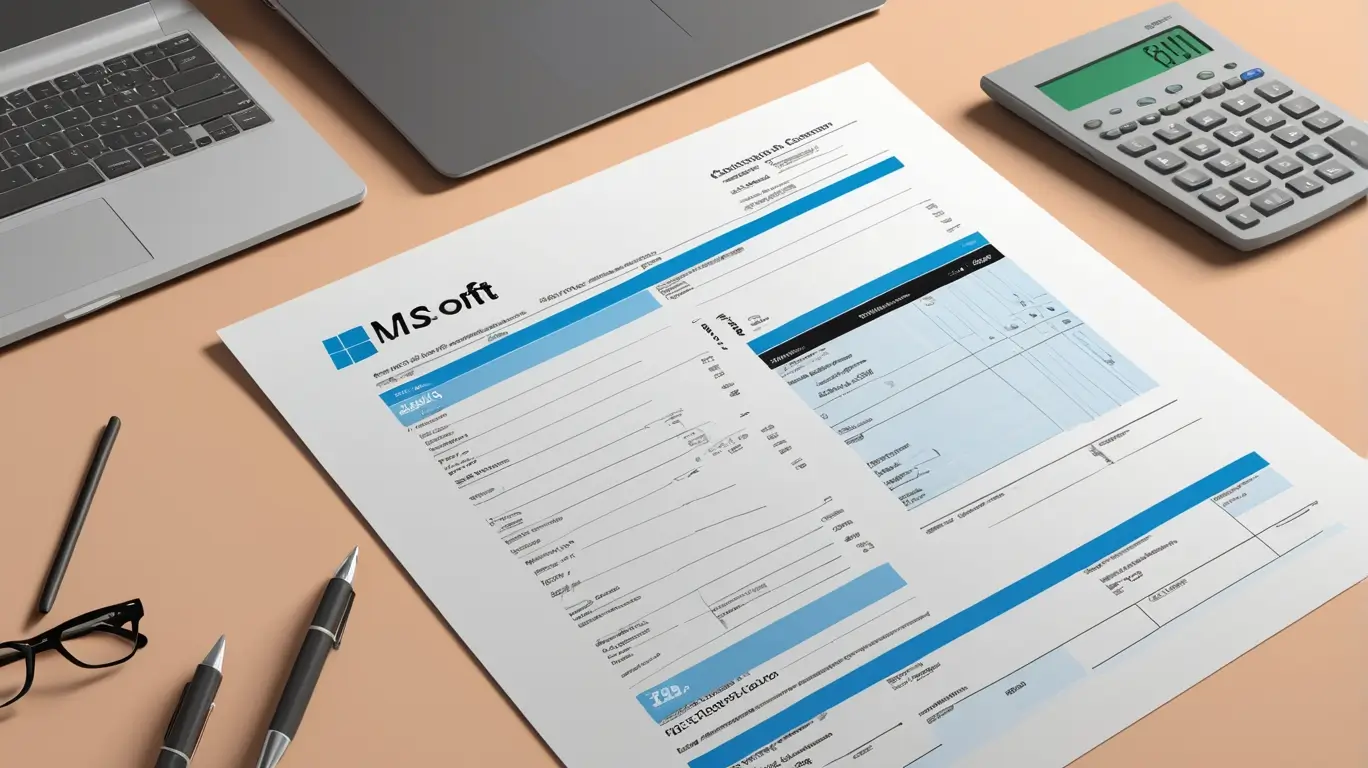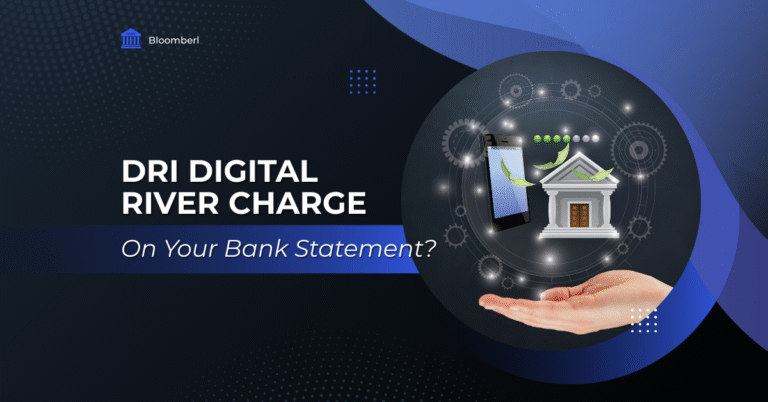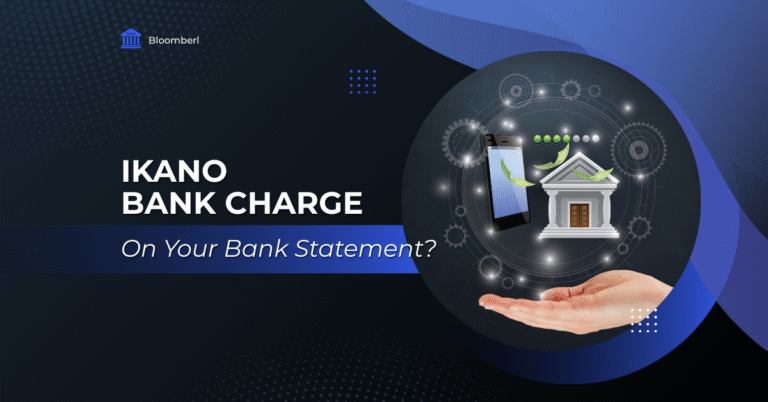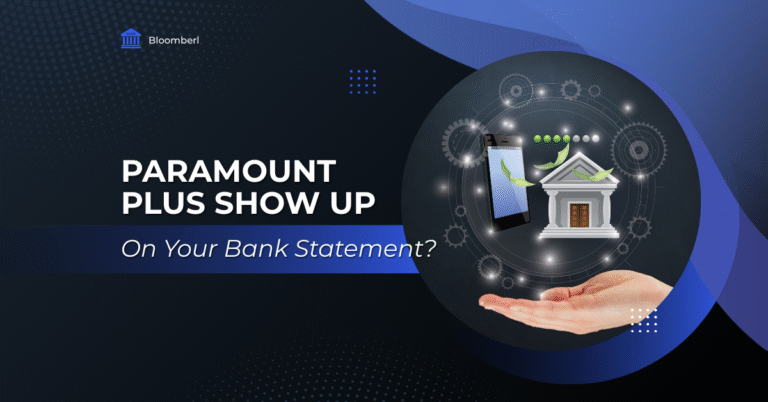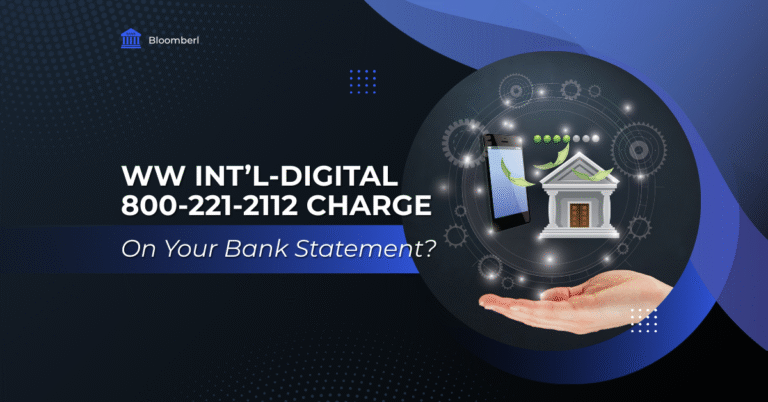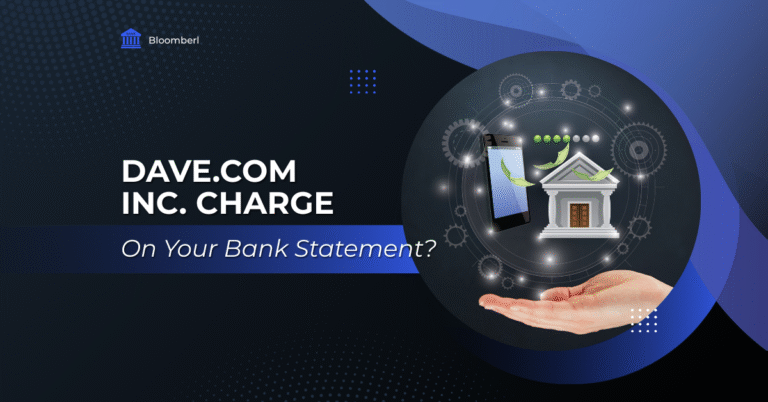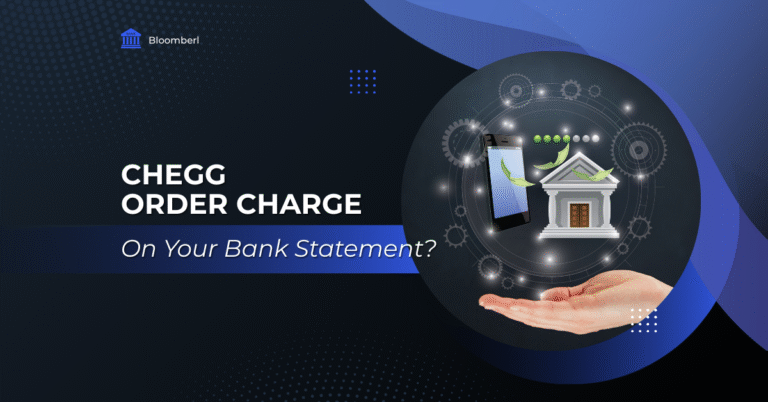What Is the MSFT Charge on Your Bank Statement?
If you’ve noticed “MSFT” on your bank statement and felt confused, don’t worry—you’re not the only one! “MSFT” is an abbreviation for Microsoft Corporation, and seeing it on your statement usually means a transaction related to Microsoft. In this article, we’ll break down what “MSFT” means, how to confirm if it’s a legitimate charge, and answer common questions about it, so you can feel confident managing your bank statement.
Microsoft provides a wide range of products and services—everything from tech tools like Azure to fun platforms like Xbox Live, and work essentials like Office 365. If you see an “MSFT” charge on your statement, it’s likely a one-time payment or subscription fee for one of these services.
This guide is here to help you understand these charges, check if they’re legitimate, and know what steps to take if you want to cancel them or don’t recognize them.
What Does MSFT Mean on a Bank Statement?
MSFT is simply a short way of saying Microsoft Corporation, one of the top tech companies out there. If you spot “MSFT” on your bank statement, it usually means there’s been a transaction involving Microsoft. Here are a few common reasons you might see it.
Product Purchases : These charges usually come from buying Microsoft software, hardware, or digital content.
Subscription Fees : Ongoing payments for Microsoft services, like Office 365 or Xbox Live subscriptions.
Refunds : If you returned a product or got a credit, you might see the refund show up as “MSFT” on your statement.
What Is the MSFT Charge?
The “MSFT” charge on your bank account shows a payment for a Microsoft product or service you’ve bought or subscribed to. This stands for “Microsoft” and usually relates to one of the following types of services.
Microsoft 365 (formerly Office 365) ; A subscription service that gives you access to productivity tools like Word, Excel, PowerPoint, and Outlook.
Azure: A cloud platform used by businesses and developers to build and manage applications.
Xbox Live or Xbox Game Pass: Subscriptions for gaming services that let you play multiplayer games and download extra content.
OneDrive : Online storage services for saving and sharing your files.
Microsoft Store Purchases ; These charges might be for apps, games, or other digital content you bought from the Microsoft Store.
Skype Credits: Charges for using Skype to make international calls or calls to non-Skype numbers.
The “MSFT” fee could be a one-time charge for something you purchased or a recurring payment (monthly or yearly) for a subscription. This charge is applied right away to the payment method you chose, whether it’s a debit card, credit card, or bank account.
Also know What Is the SEI Charge on Your Bank Statement?
How to Verify MSFT Transactions
If you’re unsure about a charge labeled “MSFT,” here are some steps to help you check if it’s legitimate:
Check Your Microsoft Account
1-Log In ; Access your Microsoft account.
2-Review Purchase History : Go to “Payment & Billing” and click on “Order History” to view all your transactions.
3-Match Transactions ; Match the details—like amount, date, and description—with the “MSFT” entry on your bank statement.
Review Email Receipts
1-Search for Receipts : Check your email for any purchase confirmations or receipts from Microsoft.
2-Compare Details ; Make sure the transactions on your bank statement match the receipts you have.
Contact Microsoft Support
If you can’t find a match or if the charge looks unfamiliar:
Visit ; Visit the support page for assistance with any questions about your transactions.
Provide Transaction Details ; Provide the date, amount, and any other important details to help resolve the issue.
Contact Your Bank
Report the Issue: Let your bank know about the suspicious “MSFT” transaction.
Request Additional Details: Your bank can give you more information and help you reverse any unauthorized charges.
Monitor Your Accounts
Regular Checks: Make it a habit to regularly check your bank and credit card statements.
Set Up Alerts: Turn on transaction alerts so you can quickly spot any unusual activity.
How MSFT Appears on a Bank Statement?
A common way Microsoft services appear on your credit card or bank statement is as “MSFT.” This acronym is often used by Microsoft for various service and product charges. However, the way the fee looks might vary depending on your bank or payment provider.
Related Article
What Is The BFCB Charge On Your Bank Statement?
Here are some typical ways the MSFT charge might appear on your bank statement:
MSFT or Microsoft*store
Microsoft corp Redmond WA
microsoft*msbill.info
These labels might not be clear at first, especially if you’re not familiar with the Microsoft service linked to the fee. It’s important to review your Microsoft transactions and subscriptions to ensure you’re being charged correctly for the services you use.
Why Does the MSFT Charge Appear?
When you sign up for any Microsoft services or products, you usually need to provide payment information for billing purposes. The acronym “MSFT” is how Microsoft labels transactions on your bank and credit card statements, representing the cost of these services.
Here are some common situations where you might see an MSFT charge:
- Subscription Renewal: If you have a recurring subscription, like Xbox Game Pass or Microsoft 365, the charge will automatically appear on your bank account at the end of each billing cycle.
- App or Game Purchases: When you buy software, apps, or games from the Microsoft Store, it will show up as an MSFT charge.
- In-App Purchases: If you make payments for extra features or add-ons in Microsoft apps or games, this will also result in an MSFT charge.
- Cloud Services: For businesses or organizations using Azure, regular usage charges will be reflected as MSFT on your statement.
What If You Don’t Recognize the MSFT Charge?
If you notice an MSFT charge that you don’t recognize, it could mean one of the following:
- Mistaken Charge: Sometimes, companies might accidentally charge you for a service you didn’t sign up for, or there may be a billing error.
- Fraudulent Charge: In rare situations, scammers may use the MSFT label to make unauthorized transactions look legitimate. Always double-check that the charge corresponds to a service you actually subscribed to.
Steps to Take:
Here are some steps you can take:
- Review Your Account: Check your Microsoft account to see if there are any active subscriptions or past purchases that you may have forgotten about.
- Ask Family Members: If anyone in your household has access to your Microsoft account, they might have made a purchase without you knowing.
- Dispute the Charge: If you’re sure the charge isn’t yours, dispute the transaction and let your bank or credit card company know about it.
- Report Fraud: If you think there’s fraudulent activity, report the charge to both Microsoft and your bank right away. You might need to cancel your card or account to stop any future unauthorized charges.
Tips for Avoiding Future Unrecognized MSFT Charges?
To prevent confusion or unexpected MSFT charges in the future, here are some helpful tips:
- Set Up Alerts: Enable notifications from your bank or credit card company for any purchases that go over a certain amount. This way, you can quickly catch any unexpected transactions.
- Review Statements Regularly: Make it a habit to check your credit card and bank statements every month. This will help you spot and address any unauthorized or suspicious charges.
- Keep Track of Subscriptions: Regularly check your subscriptions and cancel any services you no longer need.
- Use Secure Payment Methods: Consider using virtual credit cards or other secure payment options for online services. This can help prevent charges for things you didn’t approve.
